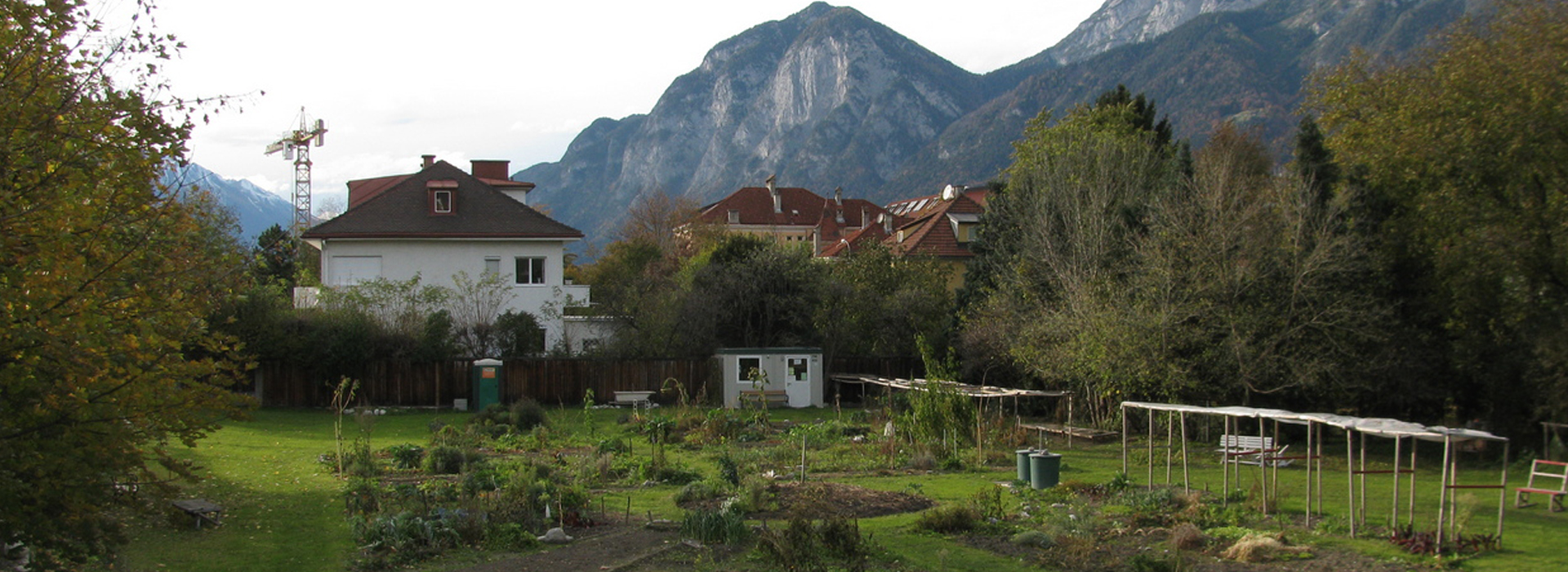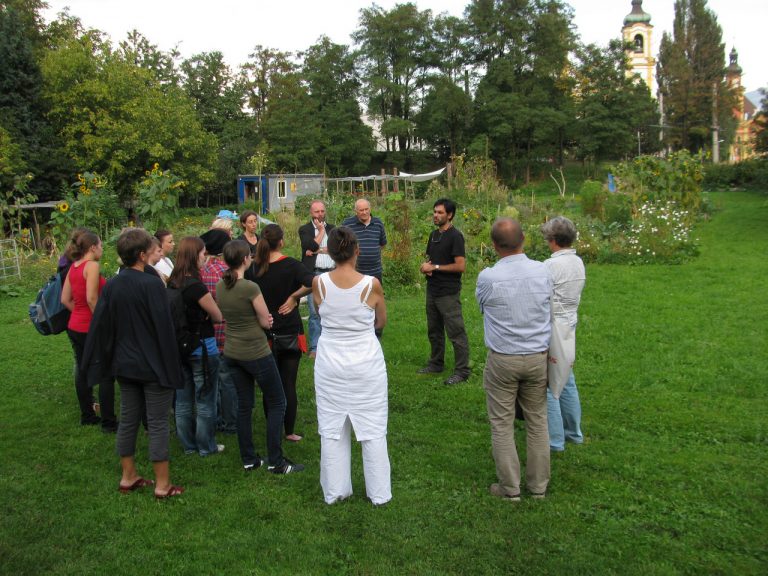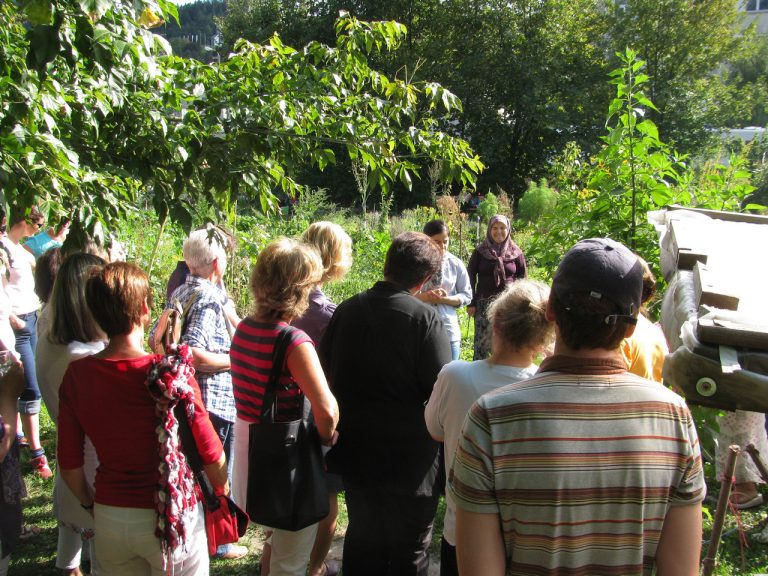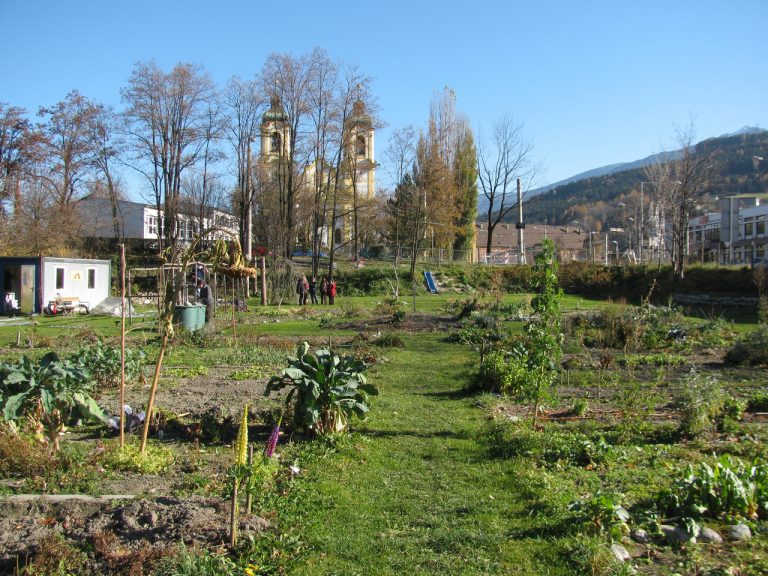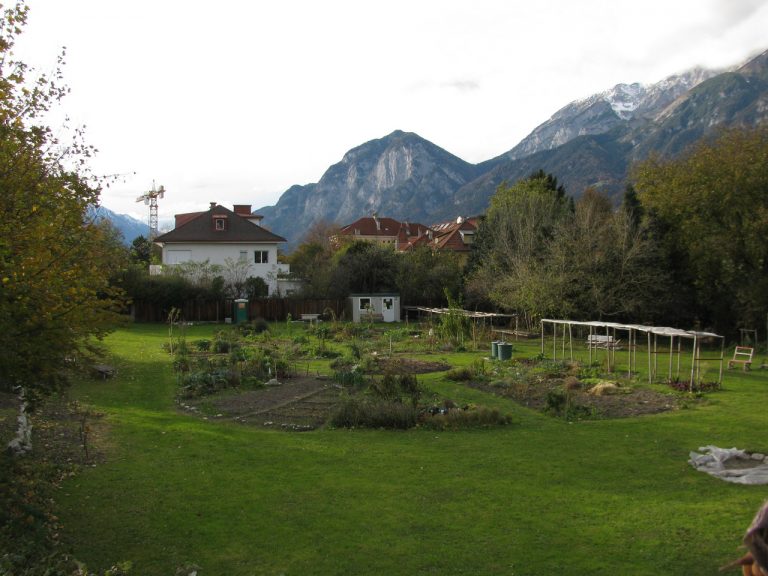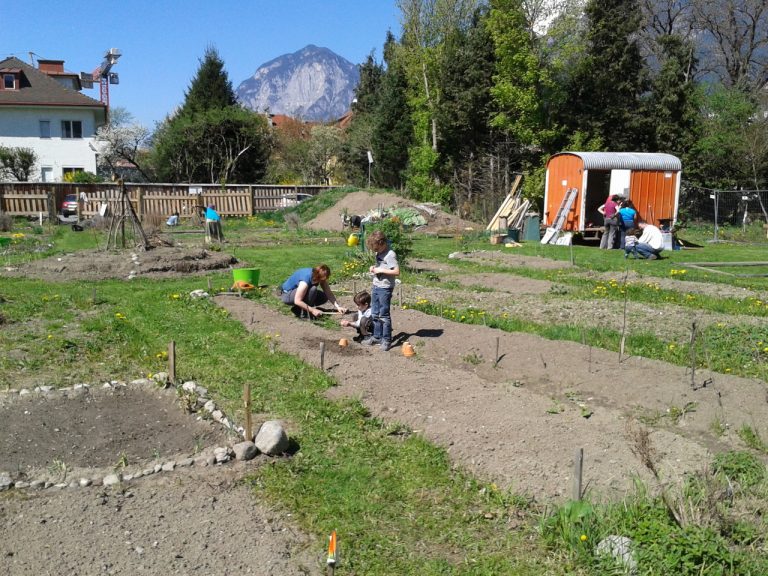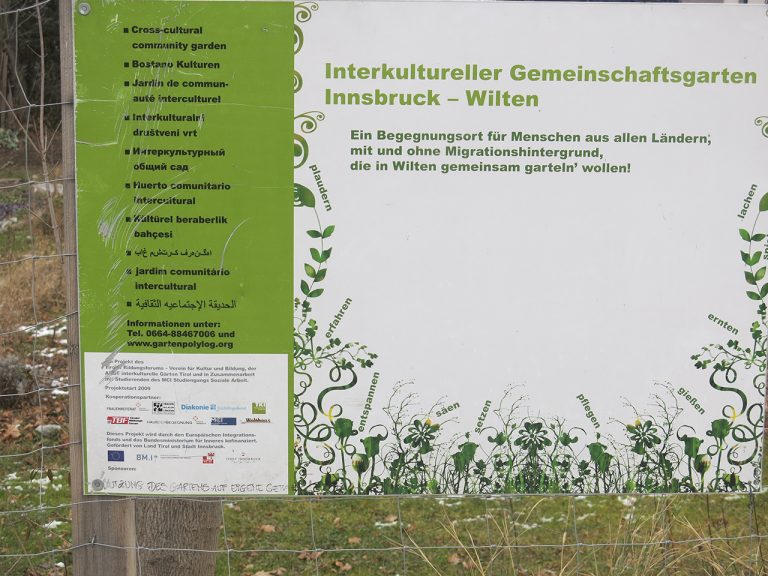Gardeners act as guides through the garden for excursions and present their beds and stories of their native country.
Generally people are really enthusiastic about telling what they do in the garden and about their home country. You simply need to find enough people to make it an intercultural guided tour.
Description of the activity
The intercultural guided garden tour is an offer for groups from schools, universities or interested public to get to know the garden. The activity is carried out on request. In a first part, the organiser of the tour explains the garden, its structure, history and aims. During the second part three to five migrant gardeners present their growing spaces and tell a story that builds a bridge between their home country and the garden. Each gardener chooses a plant or a topic that relates for him or her garden practice and home country and talks about it for five minutes. The topics range from certain spices that are cultivated in the home country and in the gardeners growing bed and what they are used for, to the importance of maize in Mexico. The participating gardeners should change from tour to tour so that each takes his/her turn. The final part gives room for questions and discussion. Sometimes they also prepare snacks or food for the group, depending on the arrangement.
The activity started as a cooperative with the Welthaus, a catholic development cooperation organisation, who arranged intercultural exchange meetings in the whole county. The activity was also adapted as part of garden feasts.
The greatest challenge is to always have guides and to keep rotating the duty so that many gardeners get trained in presenting their growing beds and contribute their knowledge and competences.

 English
English  Deutsch
Deutsch  Español
Español  Svenska
Svenska 